In this activity students will explore the differences between day and night on the Earth by comparing nocturnal and diurnal animals. They will investigate how day and night occur on the Earth using a simple model, and see how people and animals living in different parts of the planet experience different times of the day.
Category: KS1
The Earth is our home in the Universe. Humans, animals and plants survive on the Earth because the conditions are ideal for life. Different animals and plants are adapted to survive in different environments. This activity introduces these ideas, and uses a practical activity to explore how rockets work.
The Moon is our nearest neighbour in the Solar System. While the Moon is shaped like a ball, that is not how we always see it in the sky. The Moon changes shape over a month. Sometimes it looks like a circle, sometimes it looks other shapes. This activity helps children recognise and name the phases of the Moon.
This activity uses touch boxes to illustrate some important characteristics of some Solar System objects and the differences between them. Children will be able to sense the differences in materials between several solar system bodies using everyday items as an analogy. This activity uses simple, easy to source materials, but the boxes do need to be assembled in advance.
The Moon is a spherical rocky body, like the Earth but significantly smaller. Throughout the month the Moon changes shape, from new Moon, through the crescent phase, to a half Moon, and then full Moon, before disappearing again back to New Moon. The Moon emits no light of its own, this effect is purely down to how we see the change in illumination from the Sun as the Moon slowly orbits the Earth.
© 2026 We Share the Same Moon
Theme by Anders Norén — Up ↑





